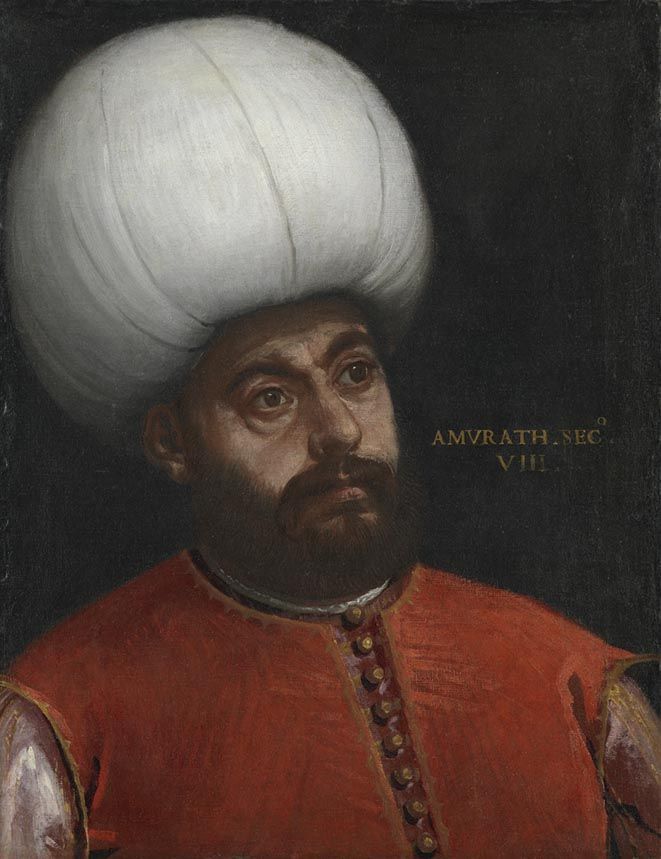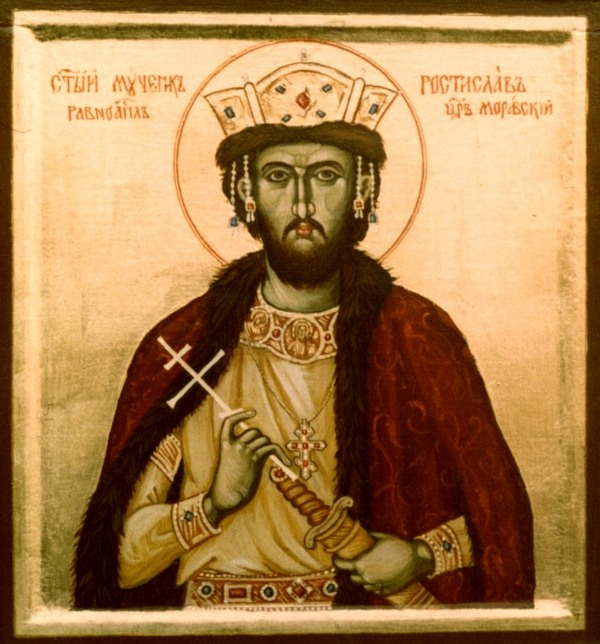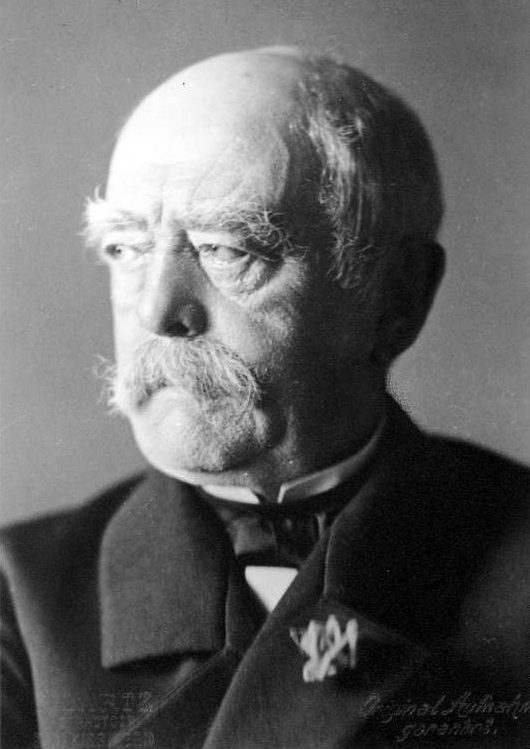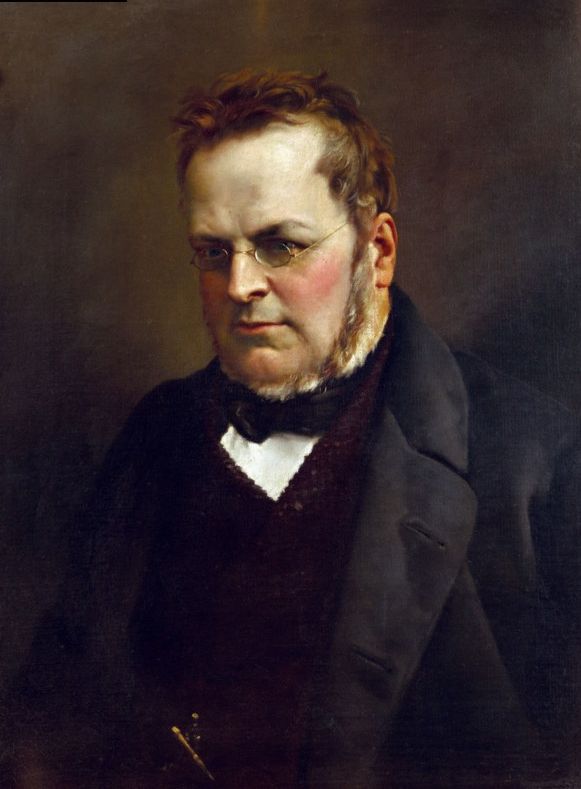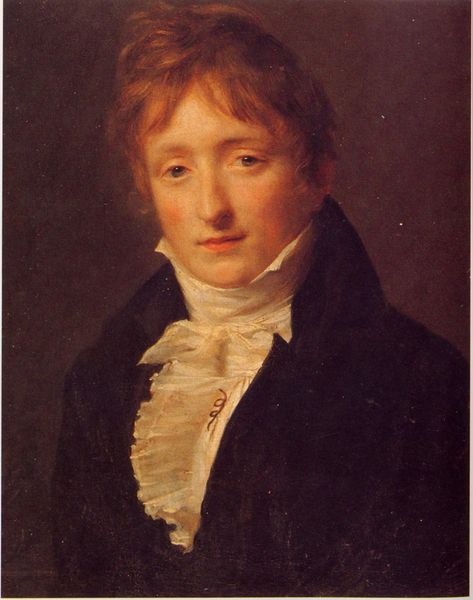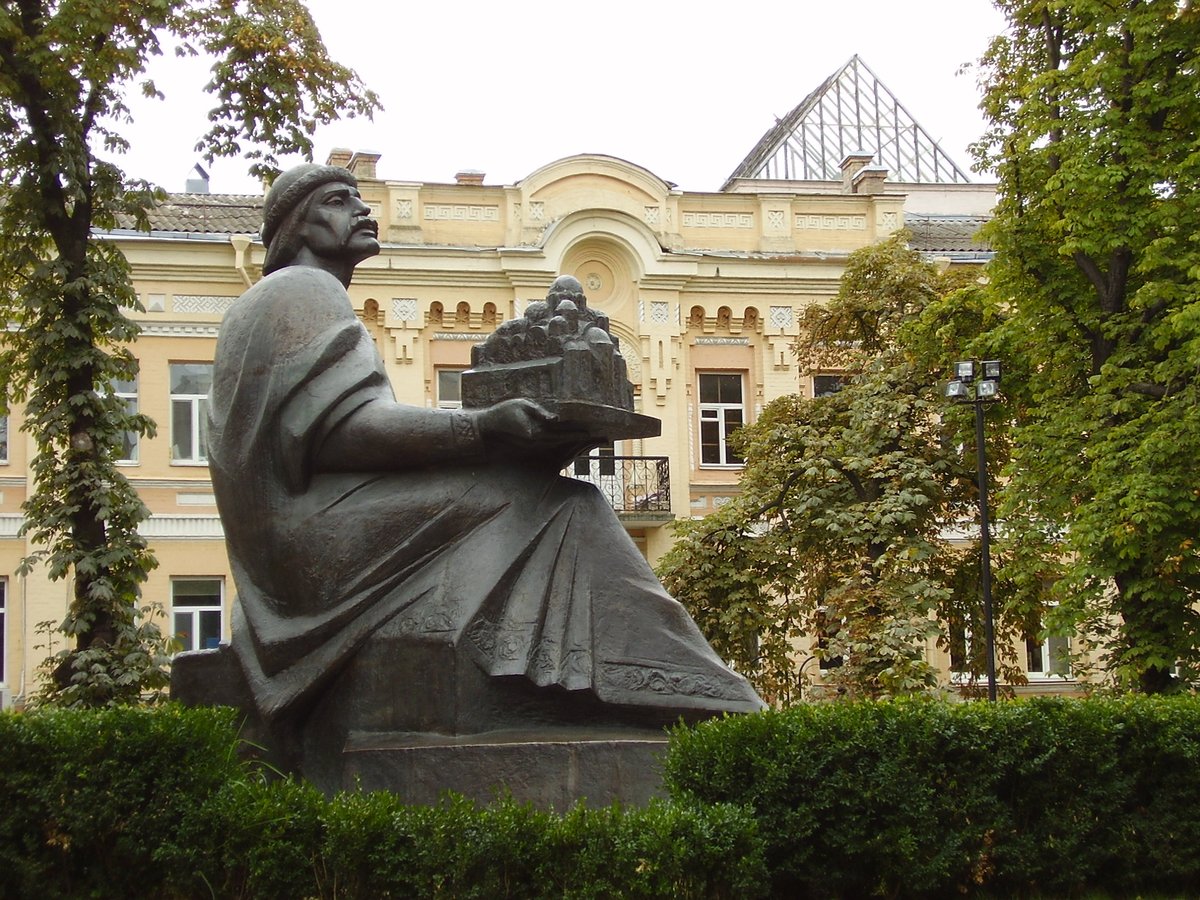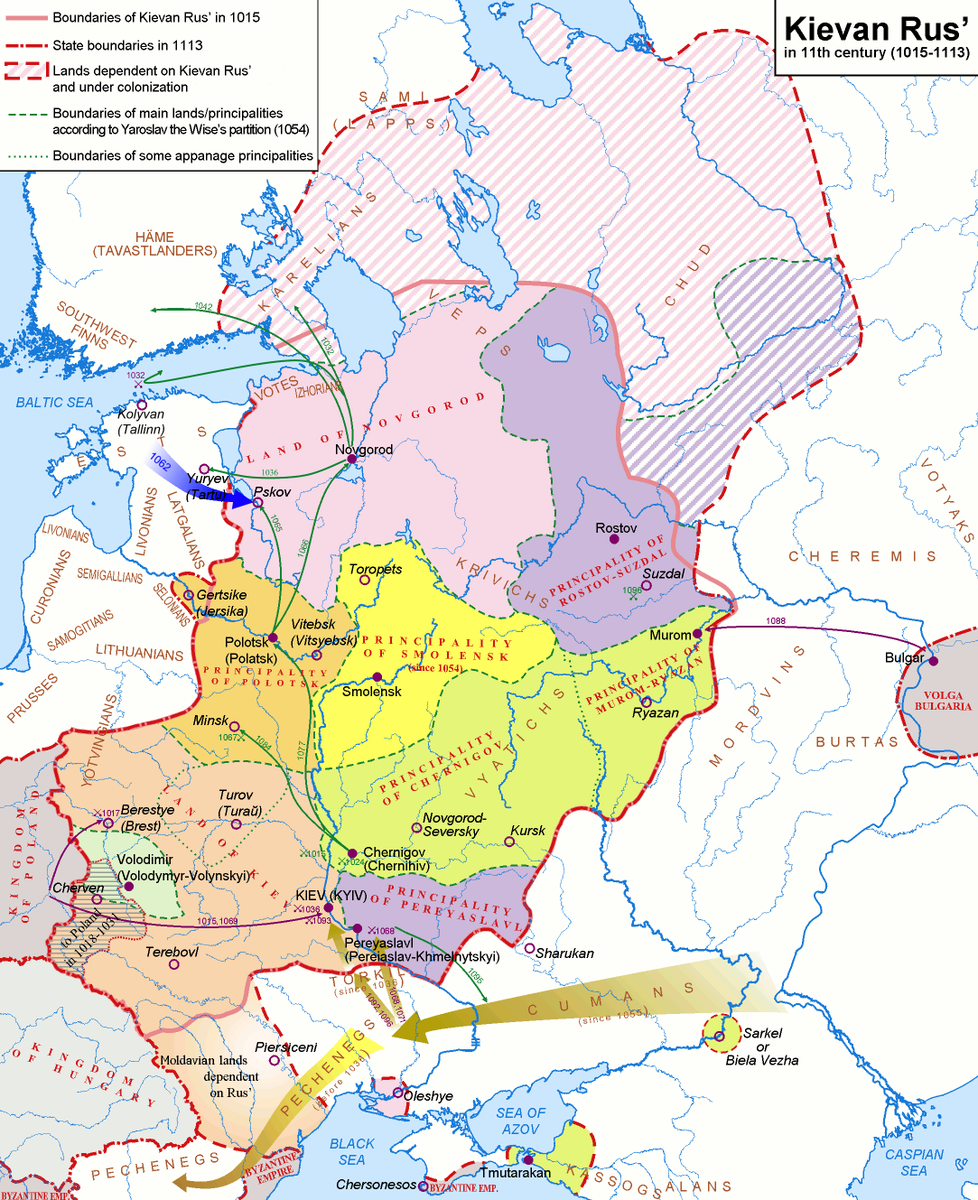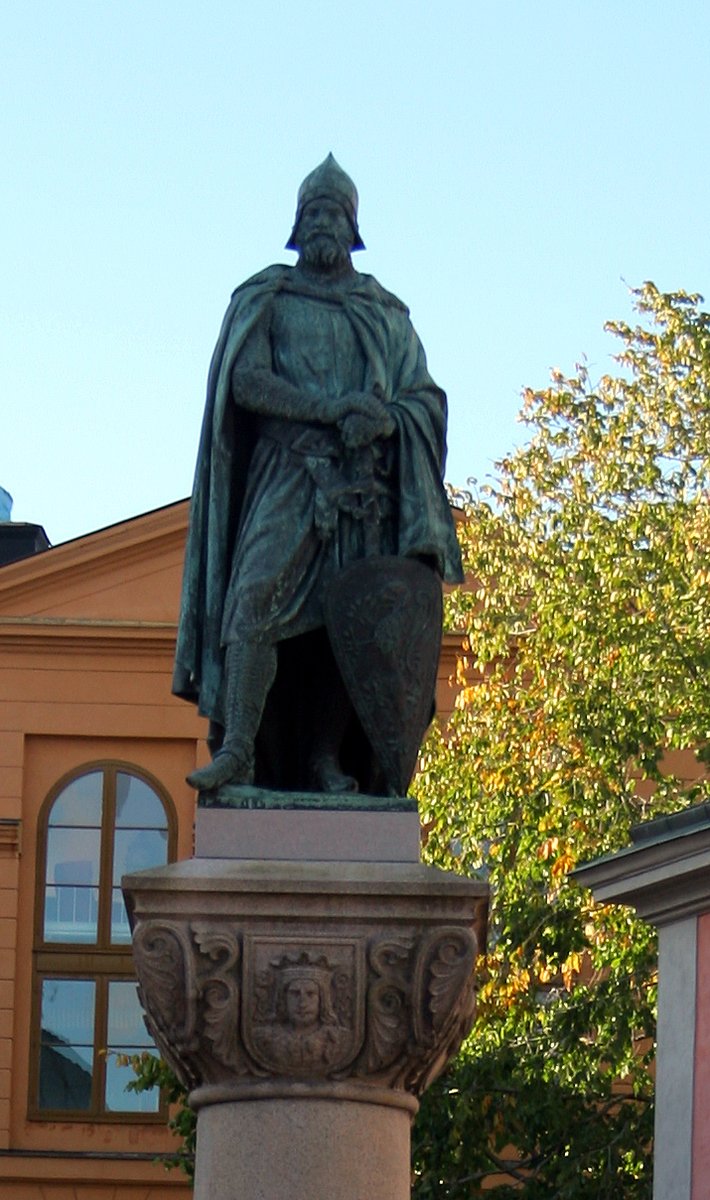An enterprising King, but born illegitimate.
A Pope felt threatened, calls for mercenaries.
An unlikely King emerges, from a city that has spawned many Kings and many royal dynasties.
A Kingdom gets divided; two Kingdoms masquerading as the same.
Story in the evening ...
A Pope felt threatened, calls for mercenaries.
An unlikely King emerges, from a city that has spawned many Kings and many royal dynasties.
A Kingdom gets divided; two Kingdoms masquerading as the same.
Story in the evening ...
https://twitter.com/Arby_K/status/1468045188312403968
Charles was born in 1227 to King Louis VIII of France & Blanca de Castilla. Born posthumously, Charles had a long list of elder brothers including the eldest, the new King of France, Louis IX. It is likely a career with the Church awaited Prince Charles, but it wasn't to be. 1/10 

In 1246, he married Countess Beatrice of Provence and Forcalquier. The same year, his brother installed him as the Count of Anjou and Maine in France. Anjou and Maine had been seized by their grandfather in 1203 from the Angevin Kings of England. 2/10 

In 1248, King Louis set out for a Crusade, along with his brothers. But the campaign ended disastrously with the King, Count Charles and their brother, Alphonse, captured, only to be ransomed later. Another brother, Count Robert of Artois, died in the battles as well. 3/10 

In 1250, Charles returned to Provence, which was part of the larger Holy Roman Empire. The Emperor Friedrich also ruled the southern half of the Italian peninsula as King of Sicily. But the Pope had earlier excommunicated Friedrich, bringing Rome into conflict with Sicily. 4/10 

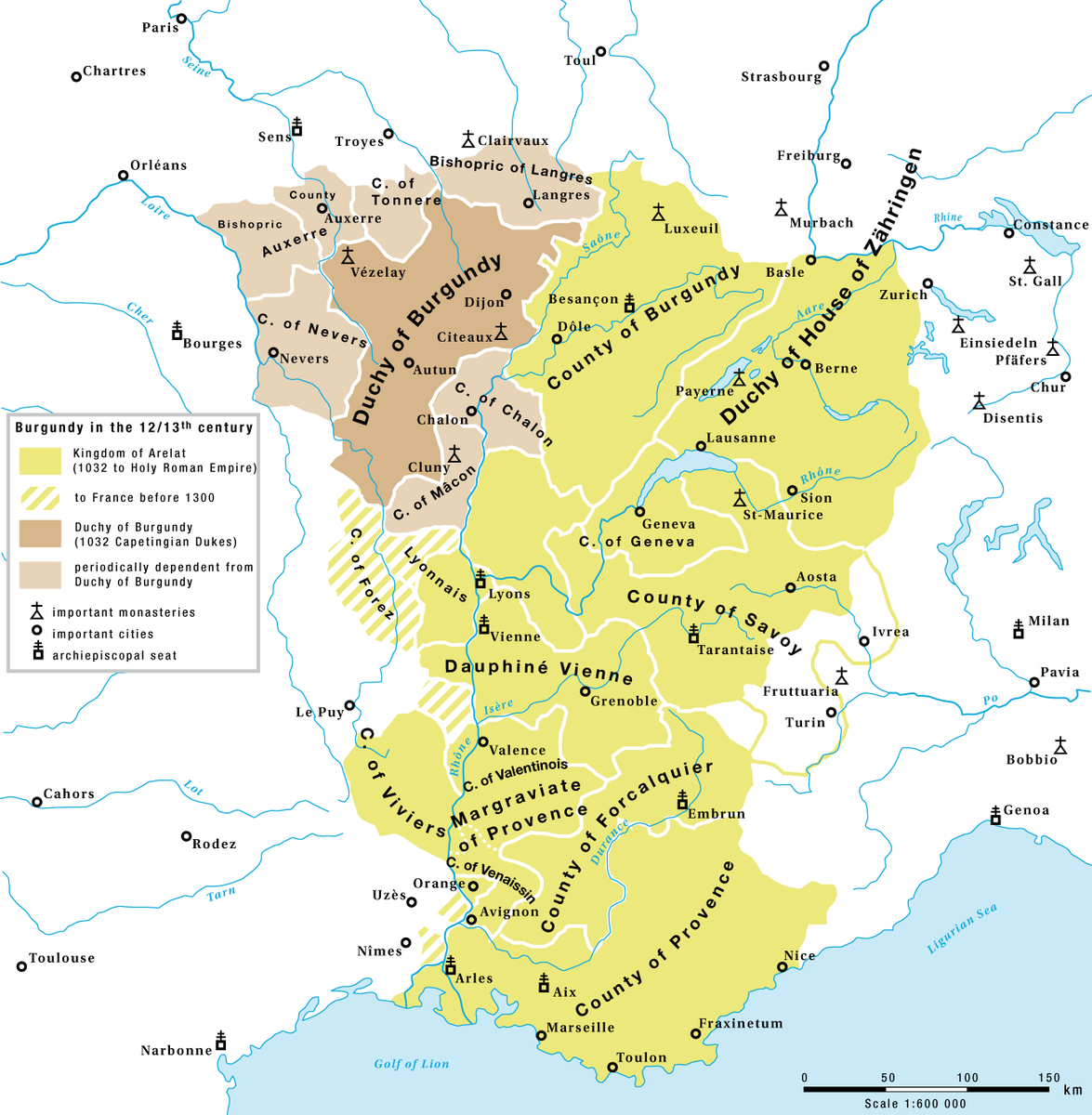

Friedrich's death in 1250 led the Pope to look for options to change the regime in Sicily. Count Charles was one of his candidates. But he had to deal with Manfred, the illegitimate son of Emperor Friedrich, who was crowned as King at Palermo, Sicily in 1258. 5/10 

In 1266, Charles, aided by the Pope, defeated Manfred at Benevento and conquered the Kingdom of Sicily. Two years later, Charles defeated Manfred's nephew, Konrad, at Tagliacozzo, and brought about the end of the Hohenstaufen dynasty that had ruled Sicily since 1194. 6/10 



Charles then strengthened his rule, acquiring areas in the Balkans. The Principality of Achaea was acquired in 1278, while Kingdom of Albania was created in 1272. He also got a favourable treaty with Tunis in North Africa.
He next set his sights on Constantinople. 7/10

He next set his sights on Constantinople. 7/10


In 1282, Charles had allied with Venice to recover Constantinople for his son-in-law, Philippe de Courtenay. But before he could attack, a rebellion had started on the island of Sicily. The Sicilians had been unhappy about the domination of the French on their island. 8/10 

The island of Sicily got King Pedro of Aragon as their King. Pedro was Manfred's son-in-law. Charles returned to Italy, but was unsuccessful in taking back the island. He died in 1285, leaving his son a Kingdom of Sicily without Sicily. 9/10 



The two Kingdoms stayed distinct till 1442, when Alfonso of Aragon conquered the mainland Kingdom. After 1504, they were largely ruled by the same monarch until 1816, when the two Kingdoms were combined to form Kingdom of Two Sicilies ruled by the House of Bourbon-Anjou. 10/10 


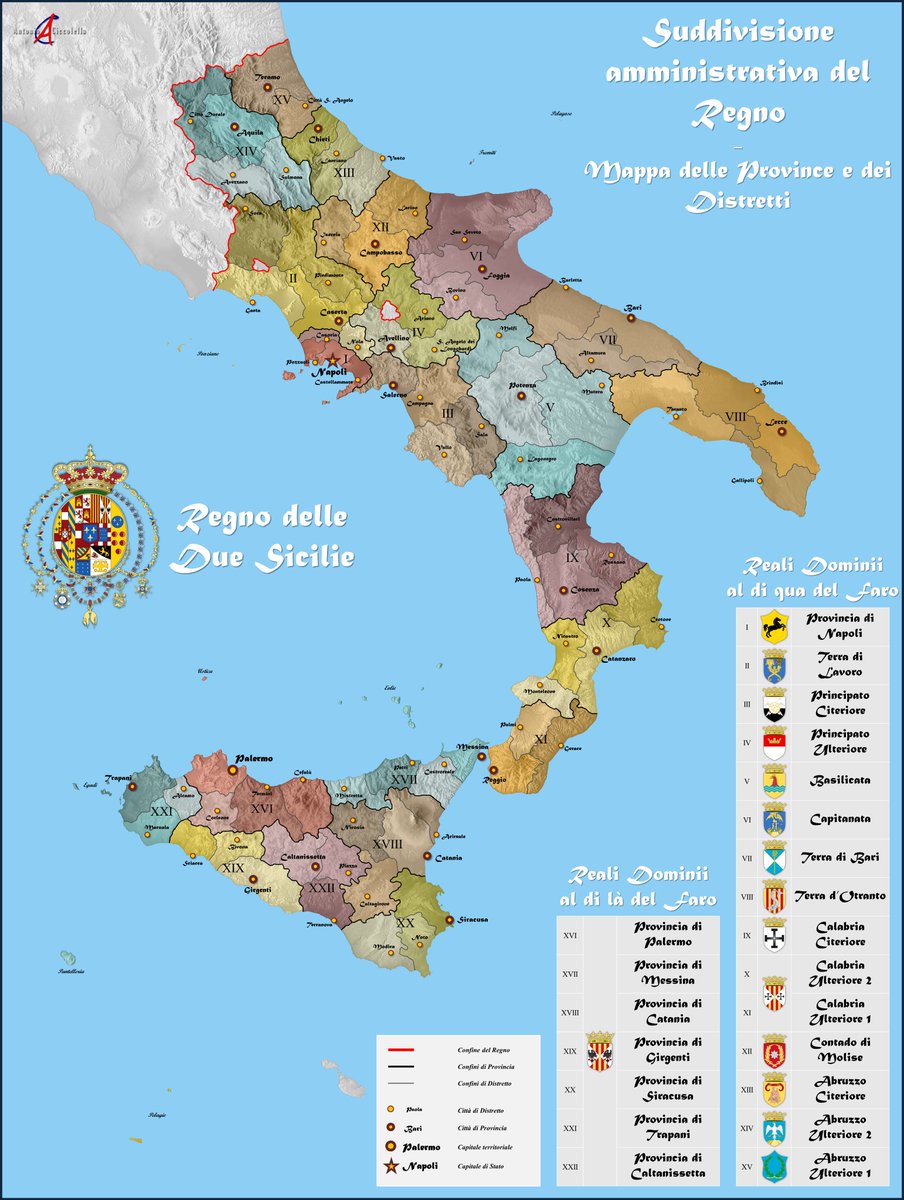
• • •
Missing some Tweet in this thread? You can try to
force a refresh


